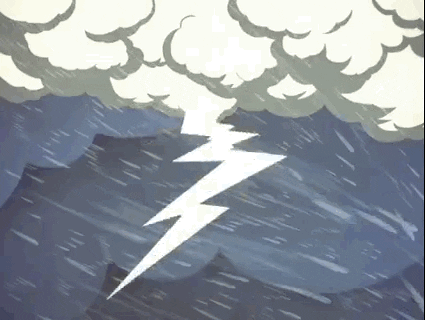
This logo isn't an ad or affiliate link. It's an organization that shares in our mission, and empowered the authors to share their insights in Byte form.
Rumie vets Bytes for compliance with our
Standards.
The organization is responsible for the completeness and reliability of the content.
Learn more
about how Rumie works with partners.
It's been a long week. You plan a trip to the beach for the weekend.
You can't wait to sit back, relax, and dip your feet in the water for a swim.

Before you head out to the beach, there are some important things you need to know about reading and understanding water quality signs.
General Water Quality Advisories
Water quality advisories are always issued after significant rainfall.

Bacteria levels can increase during and after rainstorms, as contaminant runoff enters the water.
Bacteria levels can remain elevated for up to 72 hours.
High bacteria levels in water can cause illness, with children and the elderly being the most vulnerable.
Beachgoersshould avoid contact with water close to flowing storm drains, creeks, and rivers.
Quiz
It's okay to swim at beaches where you can see discharge pipes after heavy rainfall.
Avoid any beaches that are near water treatment facilities of any kind, as it's possible the water could be contaminated after a storm.
How You Can Be Safe At The Beach
Read and obey ALL water quality safety signs (usually posted at the beach entrance)
In addition, pay attention to warning flags near the lifeguard's stand

A green flag usually means water conditions are safe. Other colors usually mean water conditions aren't safe. For example:
red could mean "swimming isn't allowed"
yellow could mean "swim at your own risk"
Did you know?
Take Action

For a safe beach trip:
This Byte has been authored by
DEONNA YOUNG
Learning Designer
